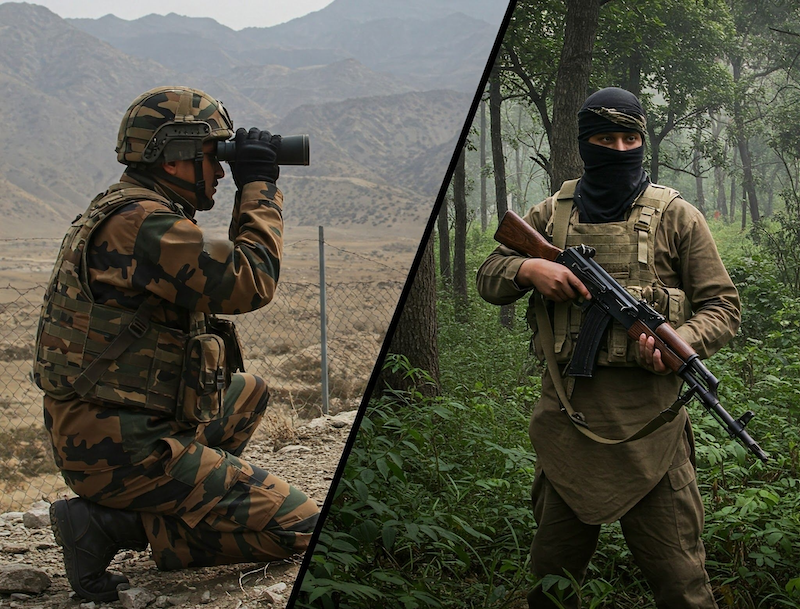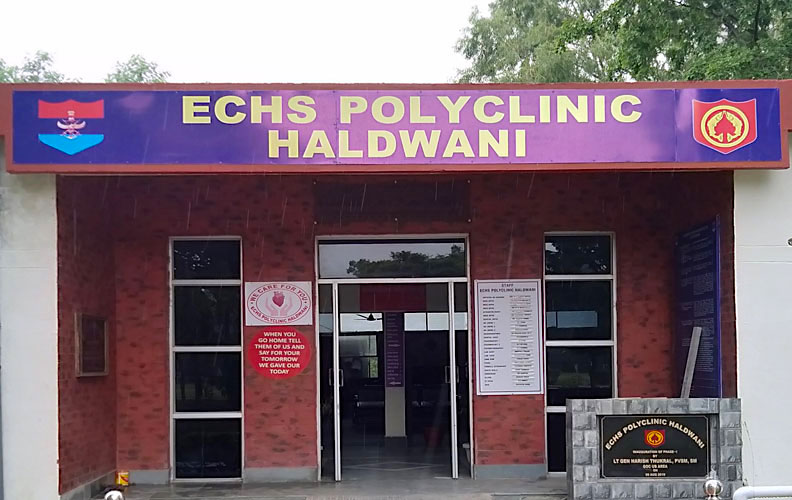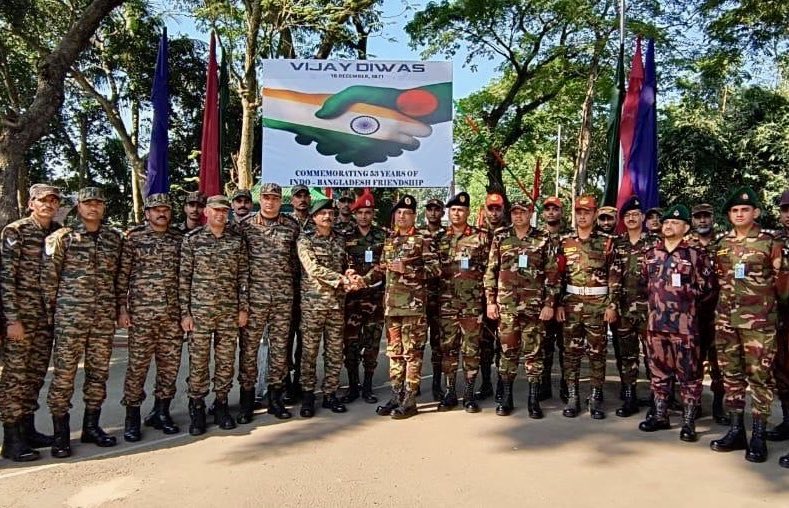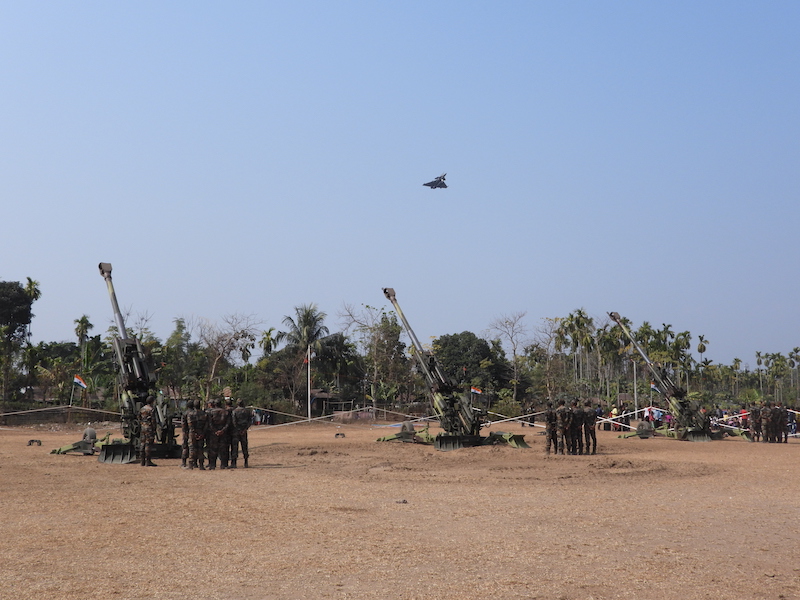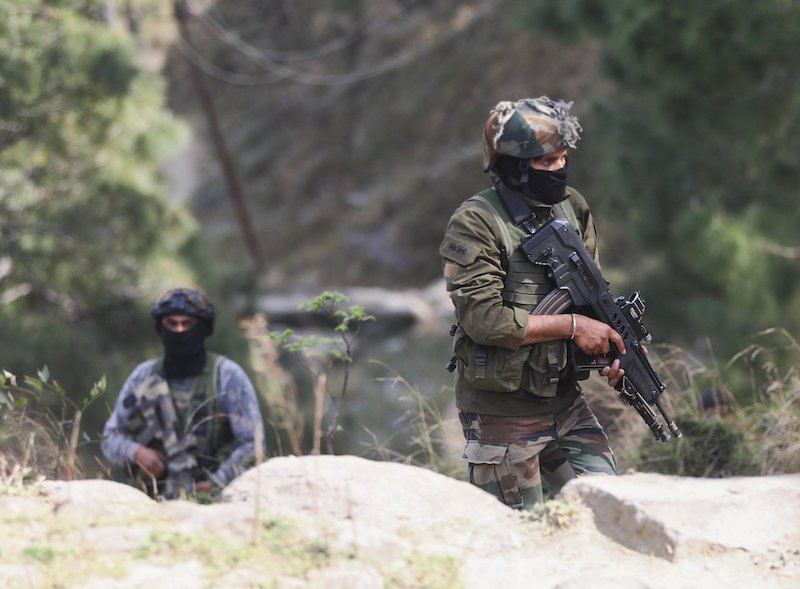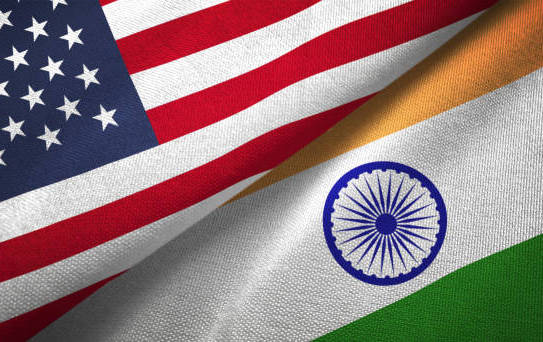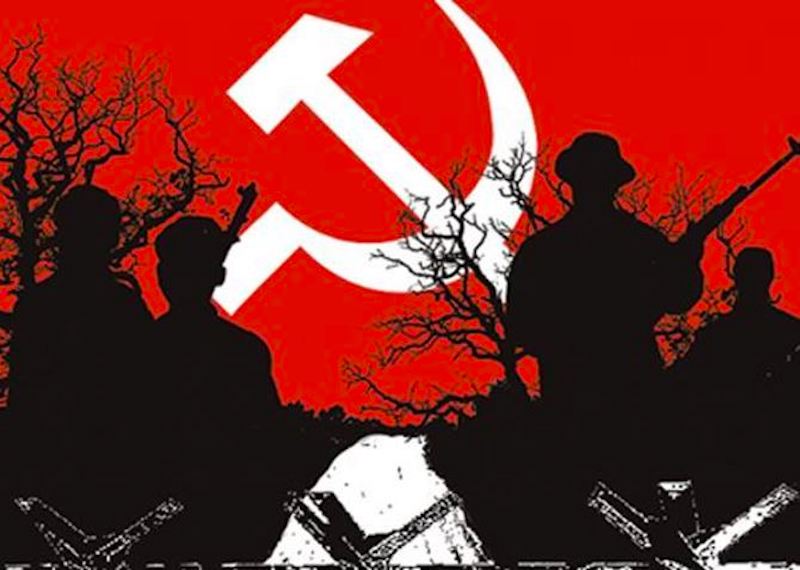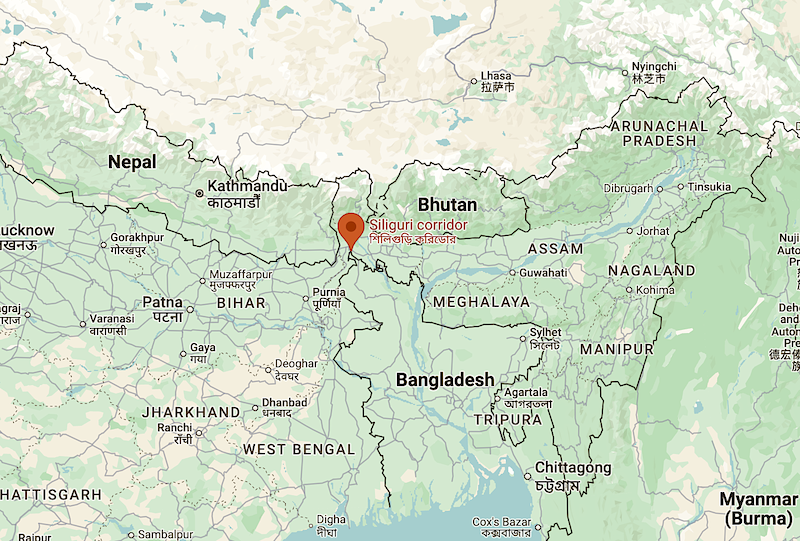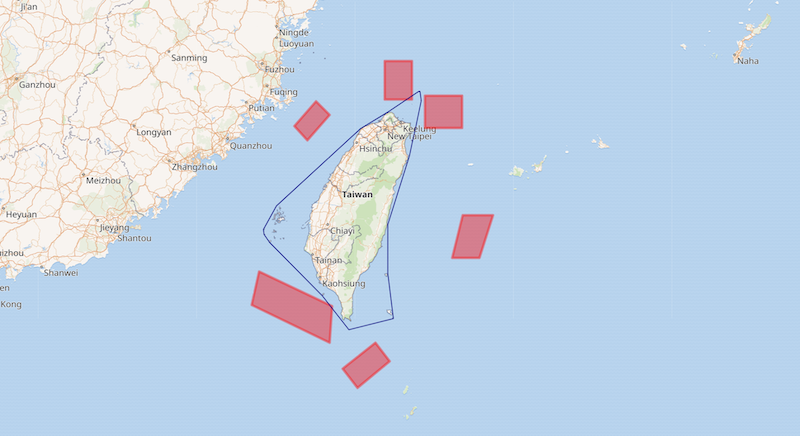 The Tawang Monastery. (Photo by Rajat Chakraborty/Unsplash.)
The Tawang Monastery. (Photo by Rajat Chakraborty/Unsplash.)
Arunachal Pradesh – which is also called the “land of dawn-lit mountains” – is the 24th state of India. It was formed from the erstwhile North-East Frontier Agency (Nefa) and became a full-fledged state on February 20, 1987. It borders the states of Assam and Nagaland to the south. It also shares international borders with Myanmar (520km) in the east, Bhutan (217km) in the west and a disputed 1,129km border with China’s Tibet Autonomous Region (TAR) in the north along the McMohan line.
Arunachal Pradesh is the largest state by area in India’s northeast and has an estimated population of 1.6 million. It is an ethnically diverse state, with predominantly Monpa people in the west, Tani people in the center, Tai people in the east, and Naga people in the south of the state. About 45 tribes/subtribes live in the state. The main tribe of the state is Adi, Nyishi, Galo, Tagin, Apatani, and so forth. The Mishmi tribe has three subtribes – Idu-Mishmi, Digaru-Mishmi, and Miju-Mishmi. The state has 25 districts. Tawang, which is in the state’s northwest, bore the brunt of the 1962 Chinese aggression. It is 518km away from Assam’s capital, Guwahati, by road, is one of the districts of Arunachal Pradesh with an estimated population of 54,740 as of 2021.
China and India for long have been engaged in border disputes where China claims most of Aksai Chin and Arunachal Pradesh as its own. Beijing refers to Arunachal Pradesh as “South Tibet” or “Zangnan”. The border issues have escalated since frequent PLA’s incursions into Indian territories in Depsang (2013), Chumar (2014), Demchock (2014-15), Burtse (2015), Doklam (2017), Galwan (2020) in the Ladakh region. The irony of the whole issue is that above incursions have been in violation of 1993, 1996, 2005 agreements between the two countries dealing with military confidence-building measures as also the political aspects of the boundary of 2003 border pact between New Delhi and Beijing on “Declaration on Principles for Relations and Comprehensive Cooperation” and the “Border Defence Cooperation” signed between the governments of India and China on 23 October 2013. In the recent past, the Chinese Communist Party (CCP) has upped the ante by introducing the “Land Border Laws”, which is primarily aimed at furthering its Himalayan expansionism to settle borders unilaterally instead of mutually.
Further the law asserts absolute sovereignty over cross-border waters in addition to instructions to the state not to cede an inch of ground carried forward from the time of preceding leadership, including the areas China claimed. As a result of this, the ongoing negotiations between India and is not visible in the foreseeable future unless some turnaround occurs either from both or one between the two.
However, an armed conflict, especially centred around Tawang in Arunachal Pradesh can’t be ruled out. China bases its claim on Arunachal Pradesh by citing the reason that there existed historical ties between the Tawang monastery in Arunachal Pradesh and the Lhasa Monastery of Tibet and hence, since Tibet is a part of the People’s Republic of China, so should be Arunachal Pradesh. Also, China says that the 6th Dalai Lama, Tsangyang Gyatso, was born in Tawang and therefore, Arunachal Pradesh is a part of Tibet, thus making it a territory of China.
China also feels threatened by a clandestine pan-Tibetan movement from across the India-China border. The fears of such a movement are augmented by the presence of the Dalai Lama and the Tibetan government in exile, which operates from Dharamshala, Himachal Pradesh.
By geographical contiguity, Arunachal Pradesh provides security to the Kingdom of Bhutan in its entire eastern flank. If China annexes Tawang, Bhutan would be surrounded by China on both its flanks, which would be a very big security threat to India and very alluring for China. In case of any conflict with China in future, Arunachal Pradesh being the shortest route to China, makes it a location of key strategic importance to India which is highly disadvantageous for China. Also, if China plans any air operations, then Arunachal Pradesh would provide India with multi- layered air-defence deployments on the ground as deterrence, which would be detrimental for China.
Another issue of concern is that if China somehow manages to encroach into Tawang, it will not only provide China with an easy access through the eastern Bhutan to threaten the strategically important Siliguri Corridor or the Chicken’s Neck of India. Control or having the Siliguri Corridor in China’s artillery range would block the entire of India’s northeast by rail and road. Not just that, it would also make the future negotiations on border alignment along the McMahon line of 1914 irrelevant.
Given the fact that China, Pakistan, and India have nuclear weapons, any future conflict among them will always be under intense international glare. Furthermore, collusion between China and Pakistan in a conflict with India will always be an inevitable reality. Therefore, it is only fair to assume that a future conflict launched by China would be short and swift to seize a shallow objective with minimum effort – preferably by peaceful/non-contact/non-kinetic means – and orchestrated to blame India as the aggressor.
Therefore, it is only axiomatic to assume that China, if at all it decides to start a conflict with India, will do it under an informationized operational environment. This would mean utilizing the three pre-kinetic warfare strategies of the PLA, which are employing media or public opinion warfare, psychological warfare, and legal warfare escalating to the information-based weapons and forces, including battlefield management systems, precision-strike capabilities and technology-assisted command and control (C4ISR). The spectrum of the conflict will always extend between non-contact/non-kinetic to contact stages (both non-kinetic and kinetic components).
If China launches a war against India in the near future, there is a broad assessment that it will do so by developing a secondary thrust in India’s eastern Ladakh while the primary one would be aiming for Tawang from the perspective of conventional operations. However, the same would be preceded by subverting the minds of civil population of Tawang quietly and discreetly over next few years by various means, including propaganda via social media, penetrate in the local business and provide interest-free funds with the aim to eventually control the local financial system, promote Chinese-leaning people in the local politics and other important institutions, like the Tawang monastery. Then it will seize the surrounding areas gradually, including the “inner wall” of Tawang, by peaceful means initially without raising the ante and graduate to the kinetic spectrum of conflict only if required.
China may do so with an aim to realise the long-pending territorial ambition of annexing Tawang to deter adversaries and test the commitment of the US-India-Japan-Australia Quadrilateral Dialogue (Quad), and other Indian allies, like France and the UK. China may eliminate India as a challenger if it finds no or subcritical support of the stakeholders towards India. Empowered with the experience, China would then execute the unification of Taiwan under the “One China” system.
What then should India do to meet China’s unorthodox threat? Tawang, which is isolated by topography, distance, harsh terrain, unpredictable and inclement weather, and population with ethnic linkages with TAR would always present a hostile picture. Therefore, it would demand certain short-, medium-, and long-term responses from New Delhi to counter Beijing’s moves. Some of these include:
- Enhance intelligence, surveillance, and reconnaissance capabilities.
- Keep eyes and ears on all vulnerable areas and points.
- Make a responsive public grievance redressal mechanism.
- Publicize schemes for socio-economic developments and public benefits.
- Implement “unity of command” for all agencies operating in the area for better coordination on security and intelligence.
- Make all intelligence agencies in the sector operate under the most senior service on ground.
- Sensitize the local public about potential threats of subversion/manipulation of minds.
- Propose early settlement of the border dispute between the two countries.
- Create a dedicated and self-sustaining supply chain for logistic backup.
- Prepare the military to launch and carry out informationized warfare.
- Deploy air resources dedicated solely for the region.
- Existing axes of maintenance be upgraded and maintained. Alternate lines of communication be identified and developed with an aim to enhance their own response matrix.
- Make infrastructure development the top priority.
- Do away with the inner-line permit, which is required for non-natives of Arunachal Pradesh to visit the state.
- Encourage entrepreneurs to invest in businesses in the state, which will not only make the state prosperous but also create job opportunities for the local population.
Disclaimer: The views expressed in the article are the author’s own and don’t necessarily reflect the views of India Sentinels.
©India Sentinels 2021–2022

